Trekking Pole Guide – How to use trekking poles
Whether you’re looking for enhanced stability, relief from knee soreness, or simply to burn more calories during your hike, trekking poles offer these benefits at an affordable price.
Essentially, hiking poles, also known as trekking poles, are sticks that have been used and perfected over time to improve stability, traction, and performance across various hiking terrains. They are sometimes called walking sticks.
What are the functions of hiking poles? How do they assist you? Why should you use trekking poles? We will delve into the many beneficial reasons to own a pair of hiking poles and help you find the best way to fit and use them. We will provide all the necessary information on how to use trekking poles effectively.
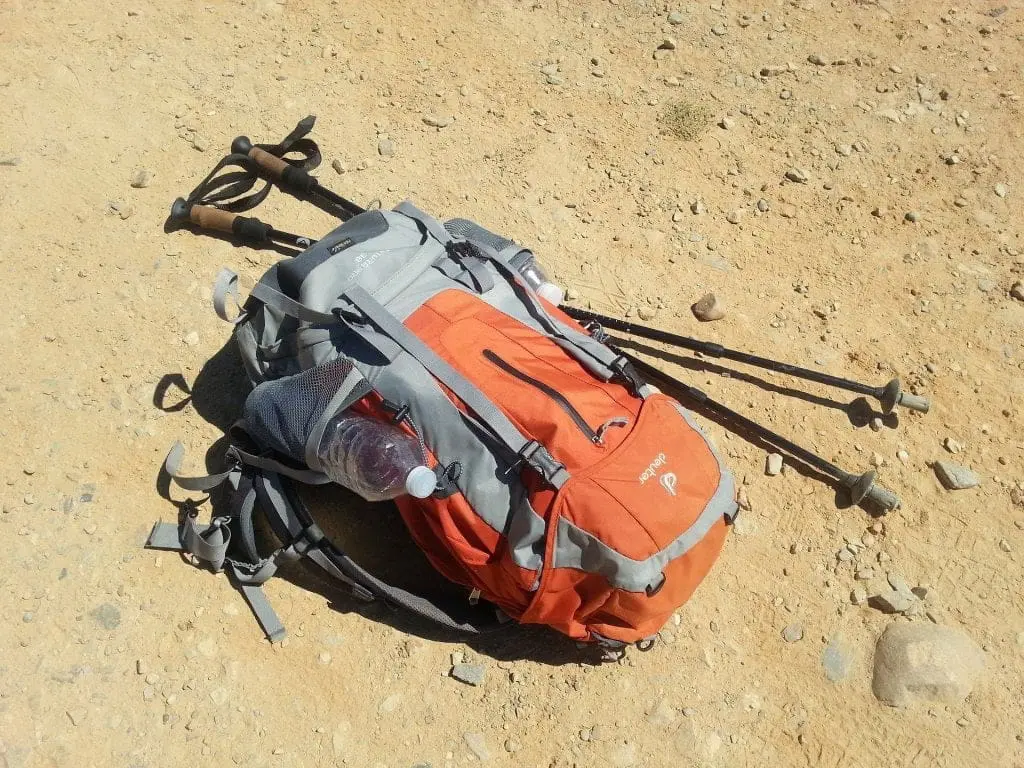
Benefits of hiking poles
The primary function of hiking poles is to alleviate pressure, aid in balance, and provide traction. This is the fundamental concept behind trekking poles. When burdened with a heavy backpack, trekking poles enable the use of upper body strength to assist in carrying the load, maintaining balance, and ensuring stability and traction while upright.
In my middle age, I have discovered that they provide excellent support and reduce the strain and impact on my knees. This has had the immediate advantage of aiding during extended or multi-day hikes and preventing any feelings of pain or exhaustion.
Did you know: When using hiking poles, you may burn up to 20% more calories on your hike than without. Hiking poles can help you burn calories for those looking to increase their fitness! If you’re planning your food and caloric intake for a long hike, make sure to plan for the increased burn when using trekking poles.
One growing secondary use of hiking poles is to use them as your tent poles. You can reduce the amount of gear you take by using your hiking poles as tent poles and having them serve a bigger purpose on your hikes. Some people even go to extremes as to carry a tarp and hiking poles and not even use a real packages tent.
Types of hiking poles
Beginning the search for hiking poles can be overwhelming due to the vast array of options and price points. While I aim to be economical, I also don’t want to compromise on quality and risk injury. It’s crucial to avoid flimsy poles that might bend or break under pressure, or adjustable trekking poles that fail to lock securely.
Solid / non-telescoping
Solid Trekking poles have no height adjustment and should be purchased with correct fit. Many people enjoy solid core poles because there is a limited potential for failure and durability/strength is incredibly good. With no clamps or tightening mechanism to fail, you can rely on solid or nonadjustable trekking poles for a long time. Solid poles resemble skiing poles and are sometimes interchangeable.
Adjustable / Telescoping
Adjustable hiking poles come with height adjustment features, enabling you to tailor the height to individual users or to modify it according to the trail’s profile, whether ascending or descending. The market offers a variety of adjustment mechanisms to suit different preferences.
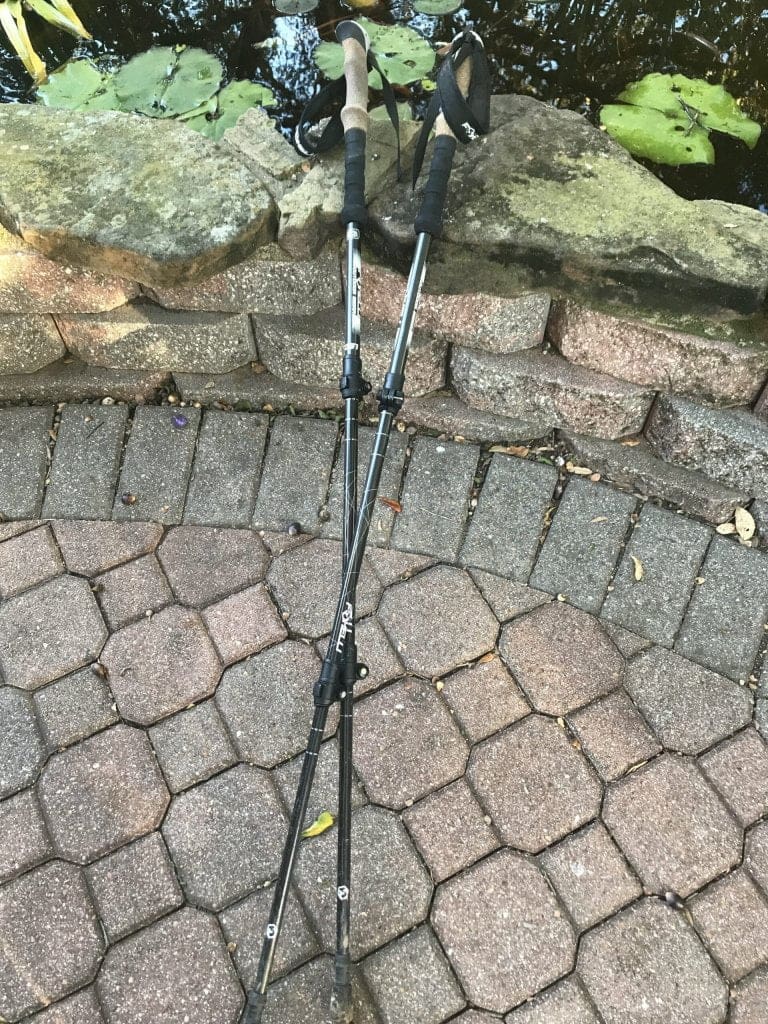
I like the telescoping trekking poles because they do adjust for the terrain, but most importantly I can collapse them all the way down to carry on my backpack without them dangling up against my legs. Having fully collapsible and adjustable poles work great on the trail and for storing at home.
When using telescoping poles make sure you fully understand and test the mechanical locking mechanism. Improper use of the lock can cause premature failure of your pole and reduce its lifetime. You want to make sure that you’re using these locks tight enough to do their job but not so tight that you’re deforming the material or causing bends and pinches in your poles.
Additional Links:
Don’t get lost on the trail, check out our in-depth guide to the Fenix 7 smart watch and everything it can offer to help train, plan and track your next adventure!
Need help figuring out what kind of shoes you should buy for your next hike? Our hiking shoe guide will help you find the perfect shoe so you can enjoy your hike and have happy feet!
Trekking pole materials
Modern technology has certainly caught up in these simple devices. Trekking poles are made of advanced materials such as carbon fiber or more common materials such as aluminum or wood.
Carbon Fiber Trekking Poles
Carbon fiber trekking poles are the most advanced, lightest, and strongest poles on the market. When comparing Carbon fiber to Aluminum, carbon fiber is twice the stiffness and has twice the resistance to damage as aluminum. When you know you need the most durable material because of the most treacherous terrain or long distance, then Carbon Fiber trekking poles would be the pole of choice.
Carbon Fiber Poles:
- Most expensive
- Very Strong
- Ultra-lightweight
Aluminum Trekking Poles
The best feature of aluminum is that they’re affordable and durable. If you’re looking for the cost-effective option available, then aluminum is your best bet. Aluminum is most popular in the solid or single piece (non-telescoping) trekking poles.
Aluminum Poles:
- Cost-effective
- Good weight/balance
- Durable
Wood Hiking Sticks
Not much need to embellish anything here. Wood offers superb durability, beautiful natural characteristics, and designs as well as being the best “green” option. You can find these in any length or size for any type of hike or trail, and they too work great as tent poles and sticks for about any reason you would need a stick.
- Most affordable
- Durable
- Green / Recyclable
Grip Materials
Cork is the most recommended material for hiking pole grips. It is known to be naturally antimicrobial, water resistant and durable. All of these strengths are great for something that will be held tight by sweaty palms and hands.
Cork is super lightweight, natural, and comfortable to grip as well as anti-slip. All of these features provide a robust grip, and I wouldn’t recommend anything else.
Accessories
Hiking poles are available with a variety of accessories and options to assist you across different terrains, weather conditions, and situations.
Pavement Feet / Rock Tips – These are designed for pavement use with a curved base to enhance grip and movement on flat surfaces. They shield the pavement from your pole’s tip and improve traction.
Sand/Snow Cups & Baskets – Positioned just above the foot, these cups or baskets offer a wide base to stabilize you on surfaces where the pole’s tip might sink. They are ideal for traversing dunes or snowpack, preventing the pole from sinking too deeply.
How to choose Hiking Poles
With an understanding of design, materials, and options you have available, picking the right hiking pole should be on proper fitment, use, and affordability. The wonderful thing about telescoping poles is that they’re one size fits all. A solid aluminum or wood pole is excellent in that they’re simple with fewer things that can break or fail.
No one pole rules them all so shop within your budget. As with any gear, I highly recommend you find a place where you can try before you buy or use equipment that you know friends and family have used and trusted.
how to use hiking poles
Trekking pole technique and fitment is critical to using trekking poles correctly, so they prove advantageous vs detrimental to your success.
Trekking Pole Sizing & Adjustment
When using hiking poles, it’s recommended to adjust the height so that as your hands are on the grips and your elbows make a 90-degree angle while standing still and upright. If your poles are not adjustable, then they should be purchased so that when your hand is in the grip, they too keep your elbows at a 90-degree angle.
How to use Trekking Poles
Outside of height adjustment, it’s essential that you understand how the pole grip and hand band work. With good quality poles and straps, you shouldn’t have to have a “Death grip” on your gear to be able to use them as leverage. When you put your hand through the strap and tighten the loop correctly, you should be able to swing the poles at your side forward/backward and feel that you can stick them in the ground and get leverage on the straps.
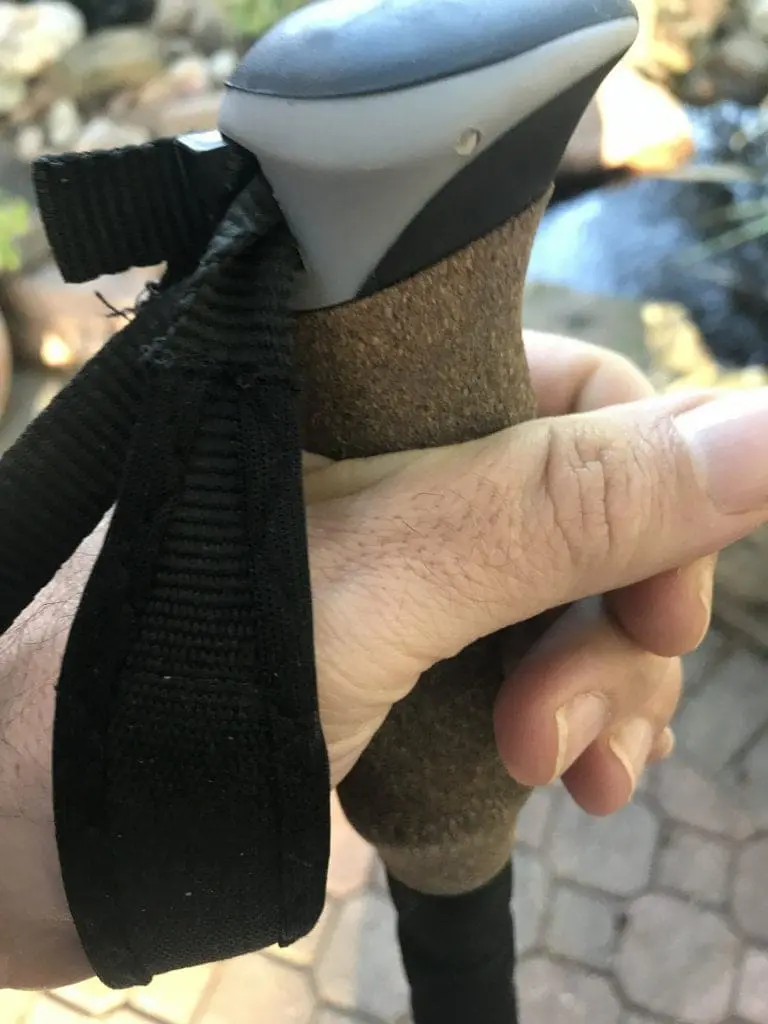
Trail Hiking
While on the trail, you want to make sure that your trekking poles are adjusted for your body height to keep that 90-degree angle.
This angle keeps your form/posture at its best and provides the best transfer of energy/strength to your poles when you need them.
You should find yourself just walking in a stride while hiking on flat surfaces. The poles will fade away from your conscious and be a part of your rhythm.
Ascending
When hiking uphill with hiking poles, you will typically place them in a shorter distance ahead of your feet so you can use the leverage and stability to go uphill.
Make sure that the strap securely braces your hands; you should be able to “lean in” on the strap a bit and use your poles for stability and leverage to “Drive up” a trail as if you have four-wheel drive.
Descending
When descending, it’s common to extend your poles slightly so you can reach further ahead for additional stability and support, often reducing the strain on your knees. On a downhill grade with dirt and small rocks, I’ll extend them a bit.
For more manicured stairs or boulder fields, I usually keep them at the same height since I’m often balancing across various surfaces and don’t want to be thrown off balance. Experiment to find your comfortable spot!
Top Rated hiking poles
After much research, I chose Foxelli Trekking Poles – Foxelli Trekking poles have a ton of reviews, they’re affordable, come with lots of parts, and they are durable. I’ve got over two years of use with mine, and they’re still holding up!
I’ve used them so far to Summit my first 14ker – Quandary Peak, climb up Great Sand Dunes National Park and put on hundreds of miles on one of my favorite local hikes here in Austin.
Foxelli trekking poles have been a fantastic value and proven to be quality gear that I take with me on every adventure.
Foxelli Poles:
- Telescoping
- Snow/Sand Cups
- Pavement Feet
- Durable
- Collapsible
- Carrying Case
I’ve been incredibly happy with my purchase and highly recommend them if you’re looking for an affordable set of hiking poles.
FAQs
Are trekking poles worth it?
Trekking poles are indeed valuable; they serve as versatile tools providing stability, traction, and utility on the trail.
What distinguishes trekking from hiking?
Essentially, there is no difference. They are both terms used to describe traveling by foot. While some may attach specific ideologies to each, the required gear remains identical.
Are trekking poles crucial for a long hike?
Personally, I consider them essential. However, some hikers prefer not to deal with the extra weight of carrying or using them. It’s best to try them and see for yourself. In my experience, their support and utility rank among the most beneficial equipment on the trail.
Pin it!
Pin this image on Pinterest to save this article for later or to share it!
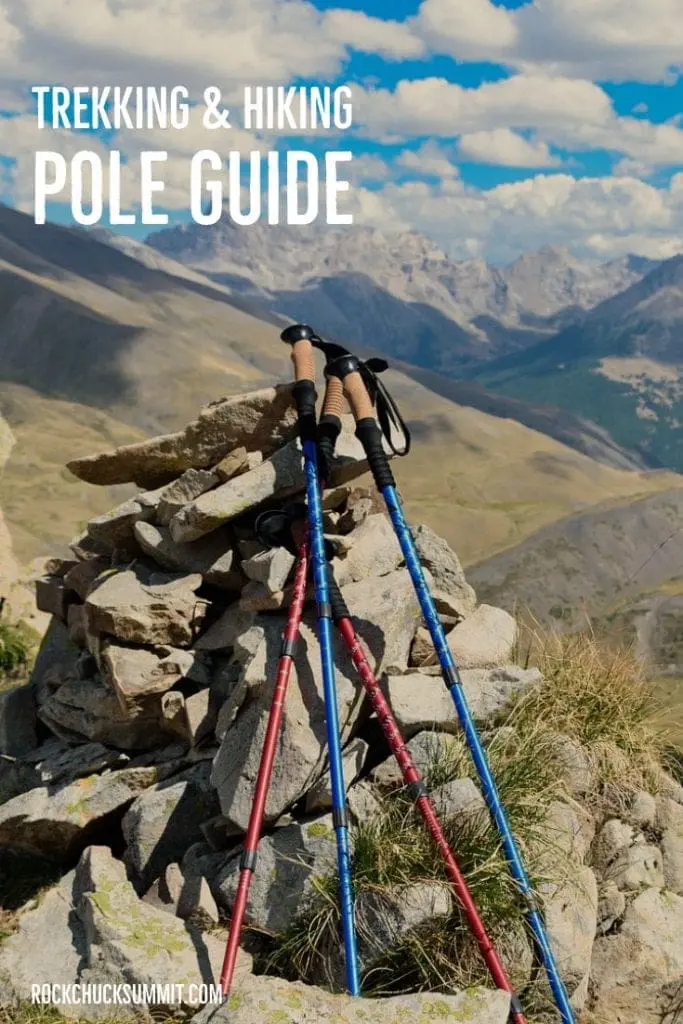
What type of hiking poles are you using? Are you in the process of selecting a pair? If you have any additional questions, we can provide answers. Your feedback is valuable to us; please share what you enjoyed, what you didn’t, or your general experience with using poles while hiking. Leave a comment below, and we will incorporate your insights into our updated guide on using trekking poles.

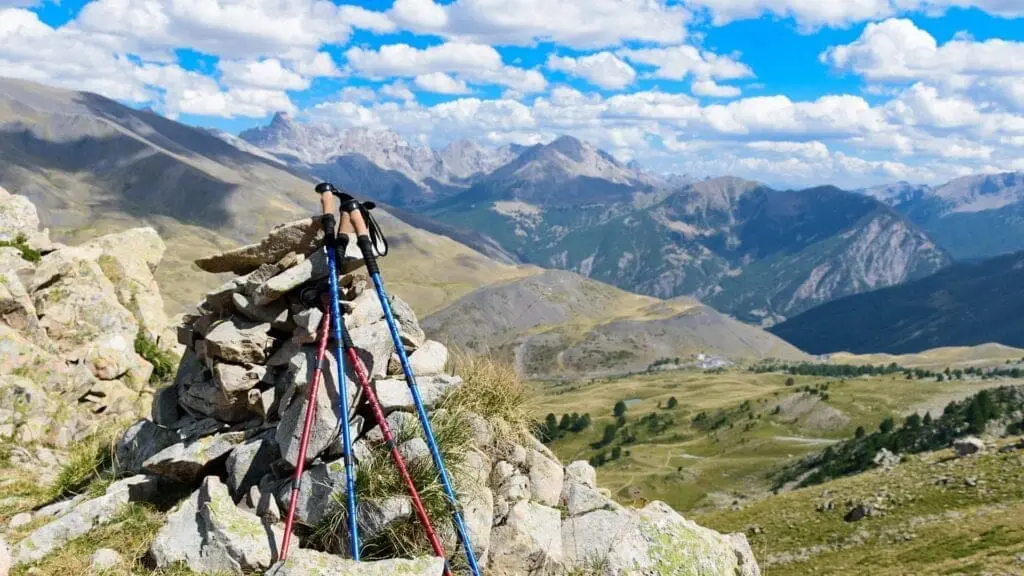
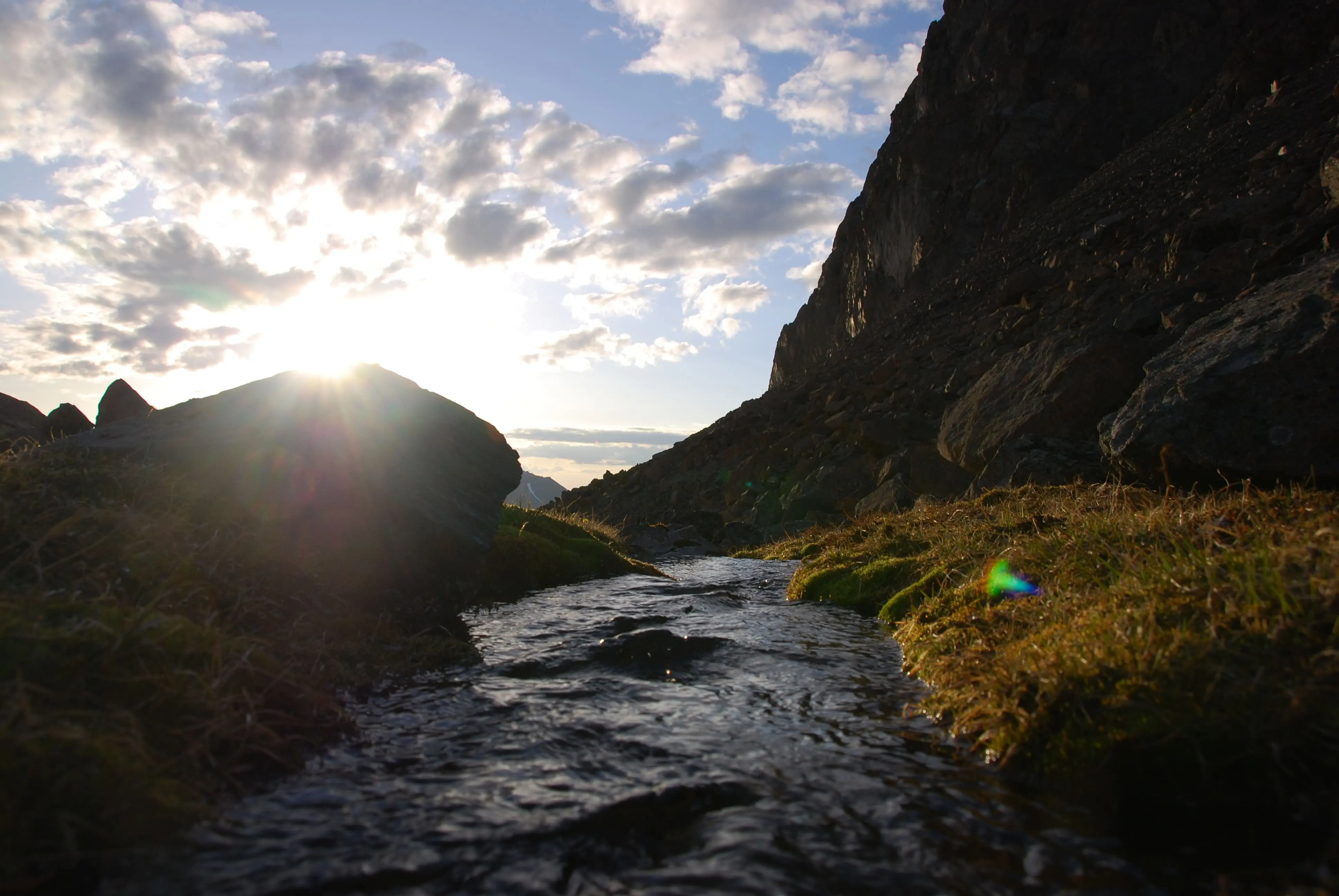
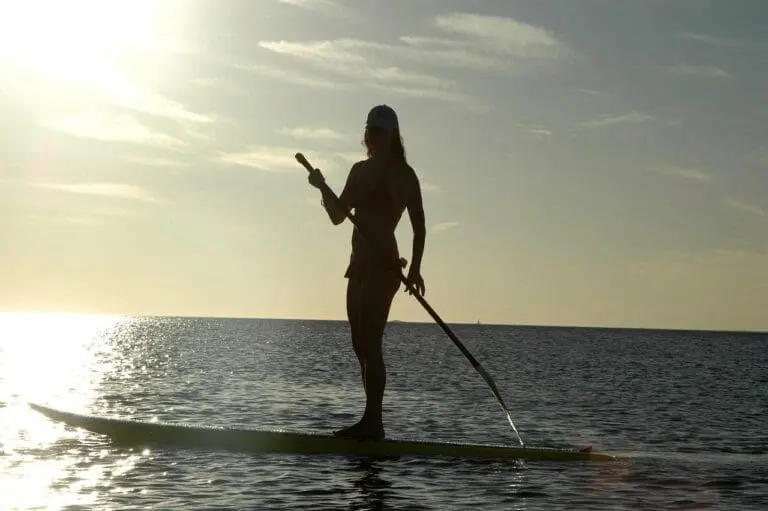


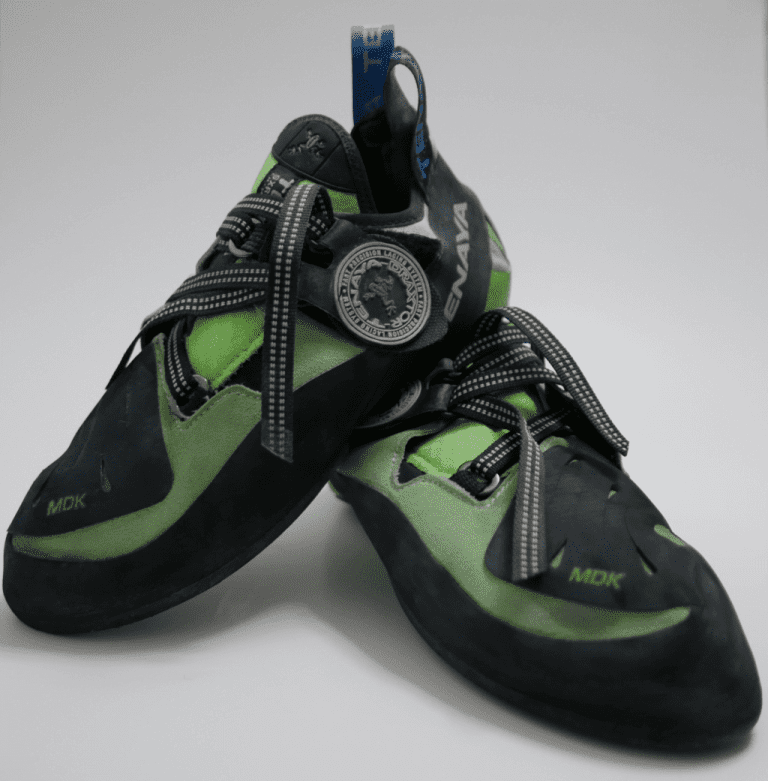

Giuste